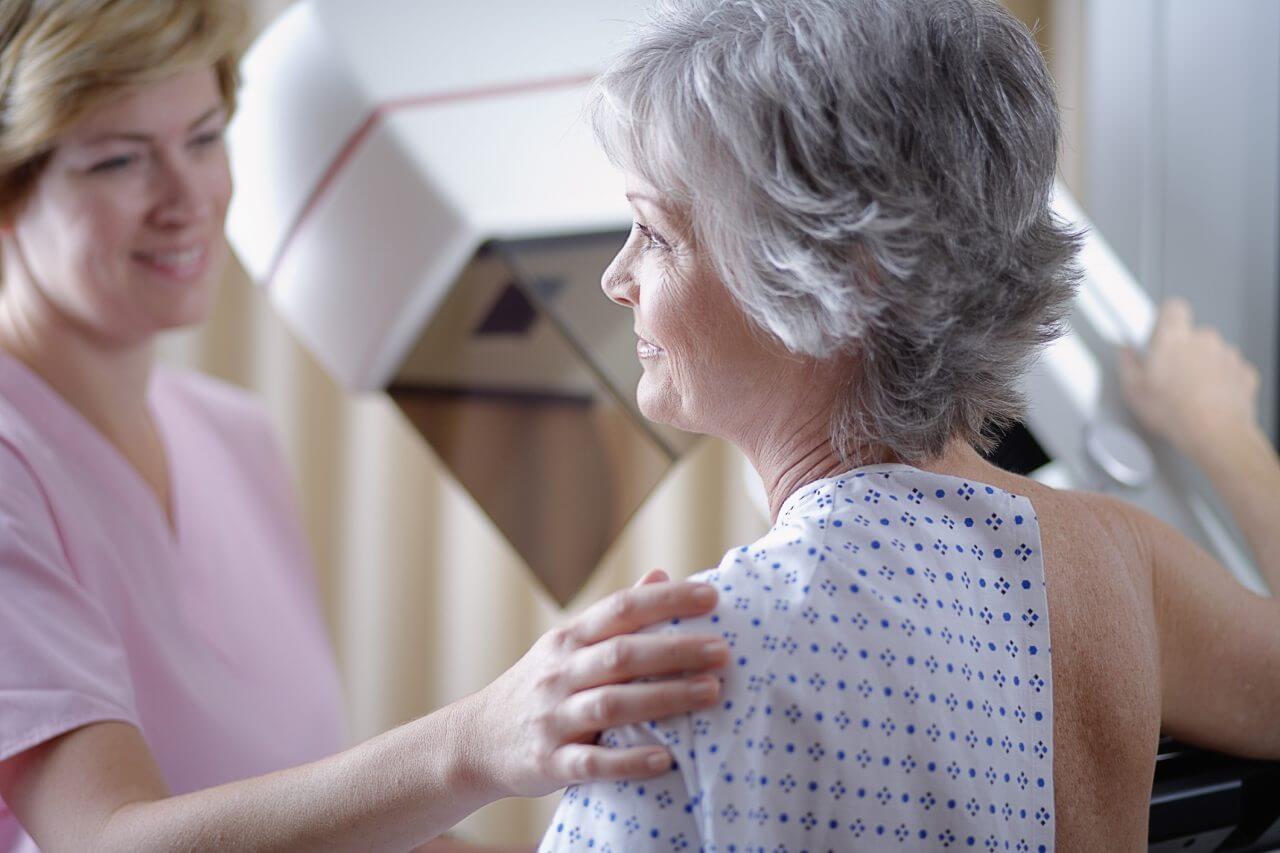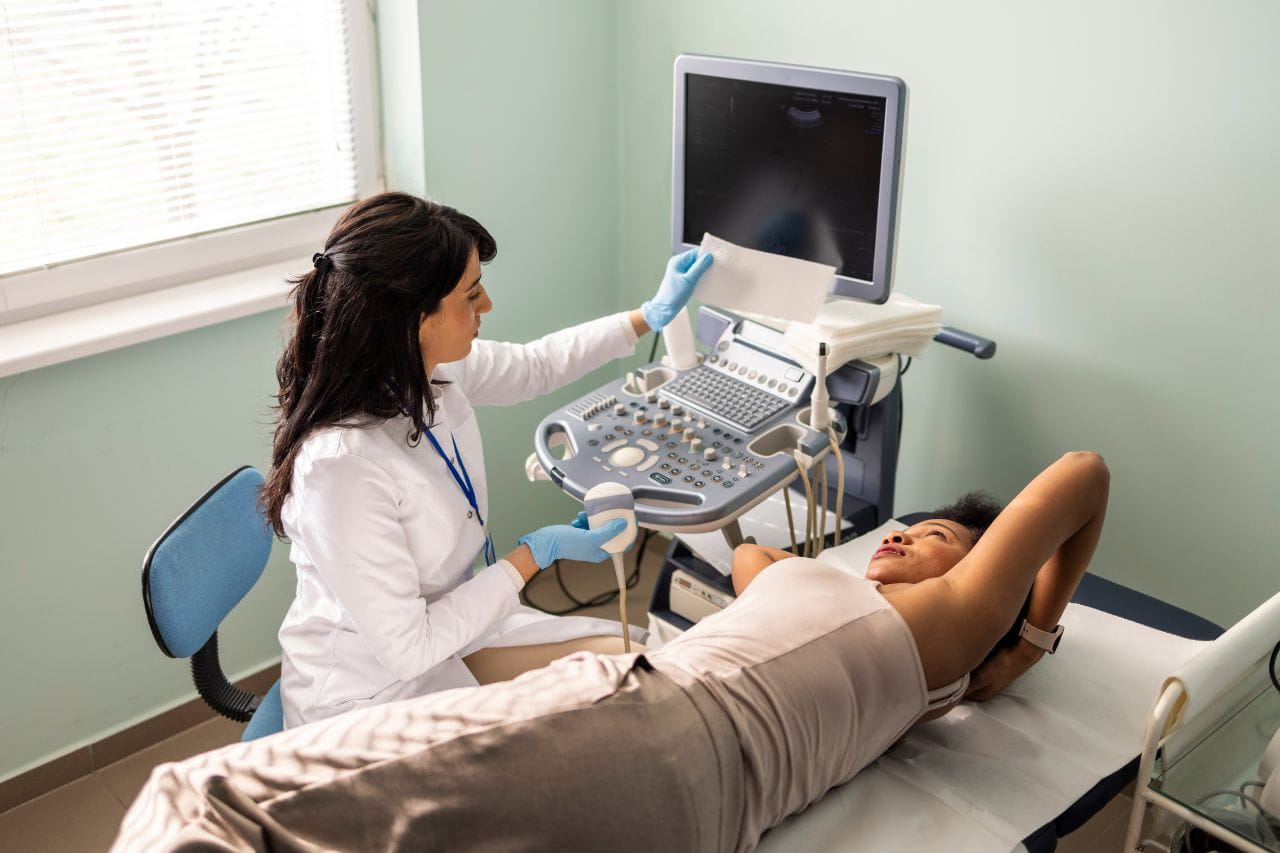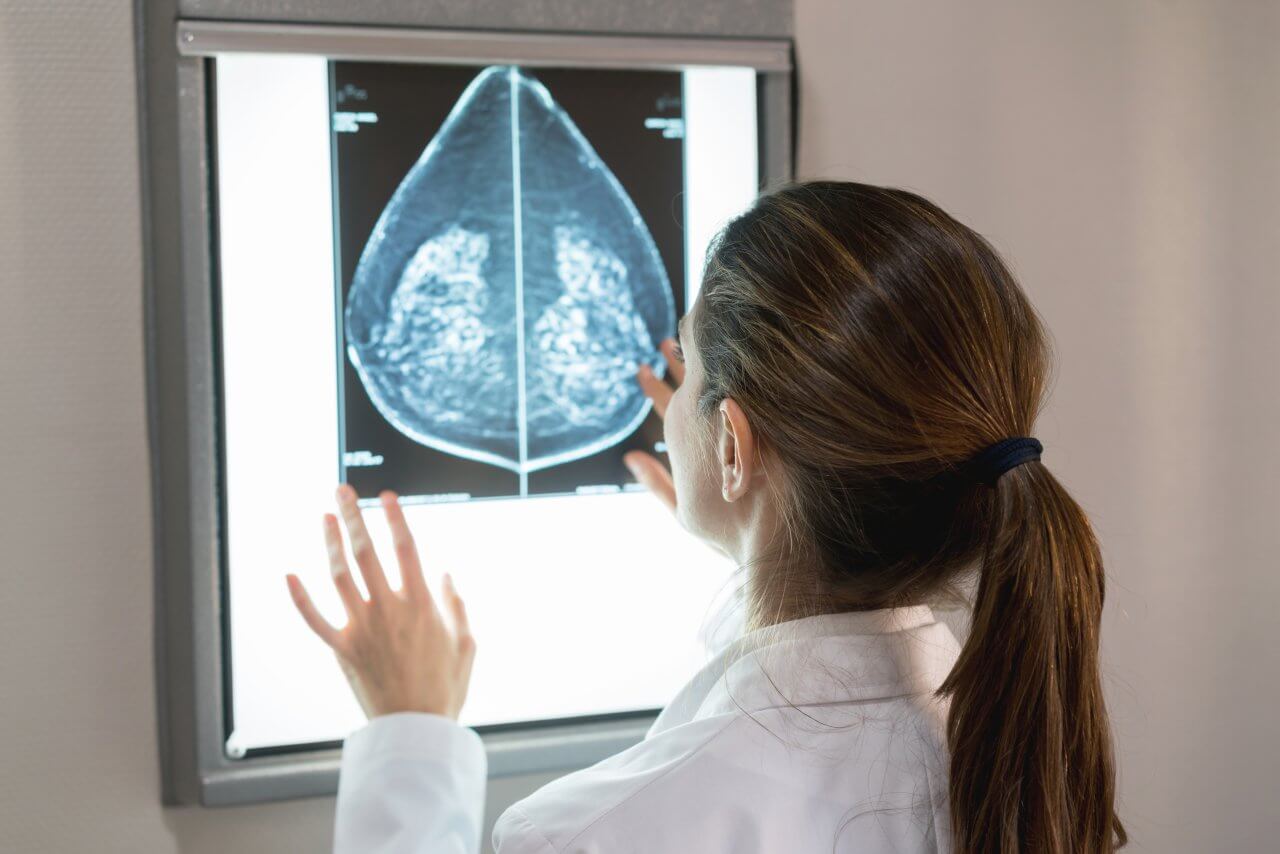Preparing for a Mammogram

Schedule a Mammogram
Doctors recommend yearly mammograms starting at age 40. Getting one takes less time than the average coffee break. And since one in every eight U.S. women will develop breast cancer, those few minutes can mean the difference between life and death because the procedure detects tumors in the earliest stages.
If it’s time for you to have a mammogram — especially your first one — the information below tells you how to prepare and what to expect.
Steps to Take Before a Mammogram
As you prepare for a mammogram, it’s helpful to know that it’s a non-invasive imaging procedure. While it can cause some discomfort or pain, it takes just 10-15 seconds to capture each of the four images typically needed.
Also, the process is coordinated by a specially trained technician who understands it can cause some apprehension. They know how to put patients at ease while completing the scan quickly and efficiently.
Follow these helpful tips to prepare for your mammogram:
- Review your insurance coverage. Breast cancer screening mammograms are typically covered 100% by health insurance. If your plan doesn’t cover the procedure or you don’t have insurance, you may be eligible for a low-cost or no-cost screening under the National Breast and Cervical Cancer Early Detection Program (NBCCEDP).
- Schedule your mammogram. The appointment should be at least one week after your last menstrual cycle. Your period can increase breast tenderness and tissue sensitivity, making your test uncomfortable. Schedule your mammogram on or near the same date annually to ensure you don’t let a year — or more — slip by without imaging.
- Avoid caffeine. Don’t consume coffee, energy drinks, or other caffeinated foods and beverages a day or two before the exam. Caffeine can increase breast tissue tenderness.
- Avoid deodorant and other skin products. You shouldn’t wear deodorant, perfume, lotions, or powders on your armpits, neck, or chest the day of your mammogram. Aluminum flecks in some of these products may appear on your mammogram, making the images more difficult to interpret. Ideally, you should bathe to remove skin products the night before or the morning of your mammogram. You can wear makeup as long as it’s applied at your jawline and above.
- Take a pain reliever. Reduce the potential for discomfort during and after your mammogram by taking ibuprofen or acetaminophen one to two hours before your appointment.
- Wear comfortable clothing. A two-piece outfit is ideal, so you only have to remove your top and bra for the examination. Avoid wearing jewelry or wear pieces you can remove quickly and easily.
- Eat and drink as you usually would. There are no fasting requirements for mammograms.
- Take your health records to the appointment. Bring any records or films from previous mammograms performed at other facilities. Your doctor can better spot any abnormalities by comparing them with your current results.
Talk with the Technician Before Your Mammogram
Before conducting your mammogram, the technician will want to note certain things about your breast health and health generally, including:
- If you have noticed any changes or abnormalities in breast self-exams
- If you have breast implants
- If you’re breastfeeding or think you might be pregnant
- If you have trouble standing and holding still
This information, along with your medical history, will aid your doctor in early detection of breast cancer.
What to Expect When Getting a Mammogram
If this is your first mammogram, you may wonder what to expect. Here’s how the process works:
- Only you and the technician will be in the room.
- You undress above the waist and put on a gown or wrap with the front open.
- You stand in front of the mammogram machine, and the technician helps position your breast.
- A plate lowers to compress your breast so the machine can capture a clear image. The compression lasts 10 to 15 seconds per image.
- Next, you’ll change positions so the compression can occur from side to side.
- The process is then repeated on the other breast.
Once images of each breast are captured, the test is complete. The process takes approximately 30 minutes. It’s not common to experience soreness after a mammogram. However, if you do, you can take an over-the-counter pain reliever as directed, with timing based on whether you took medication before the procedure.
At a later time, a radiologist reviews the images and sends a report to your doctor. This generally occurs within a few days of the procedure. Your physician then contacts you to discuss the results.
A Note About “Suspicious Findings” in Mammograms
In some cases, the radiologist reviewing mammogram images will note what are sometimes called “suspicious findings.” Often, these are things like cysts, dense breast tissue, or problems with images produced by the test rather than breast cancer.
Many women have suspicious findings in their first mammograms. That’s common because their doctor has no previous images for comparison. If a physician orders a follow-up mammogram or breast ultrasound, it may be simply out of an abundance of caution.
Schedule a Mammogram with Baptist Health
Getting regular mammograms after age 40 is crucial. Learn more about breast health and women's services at Baptist Health and schedule a mammogram today.



